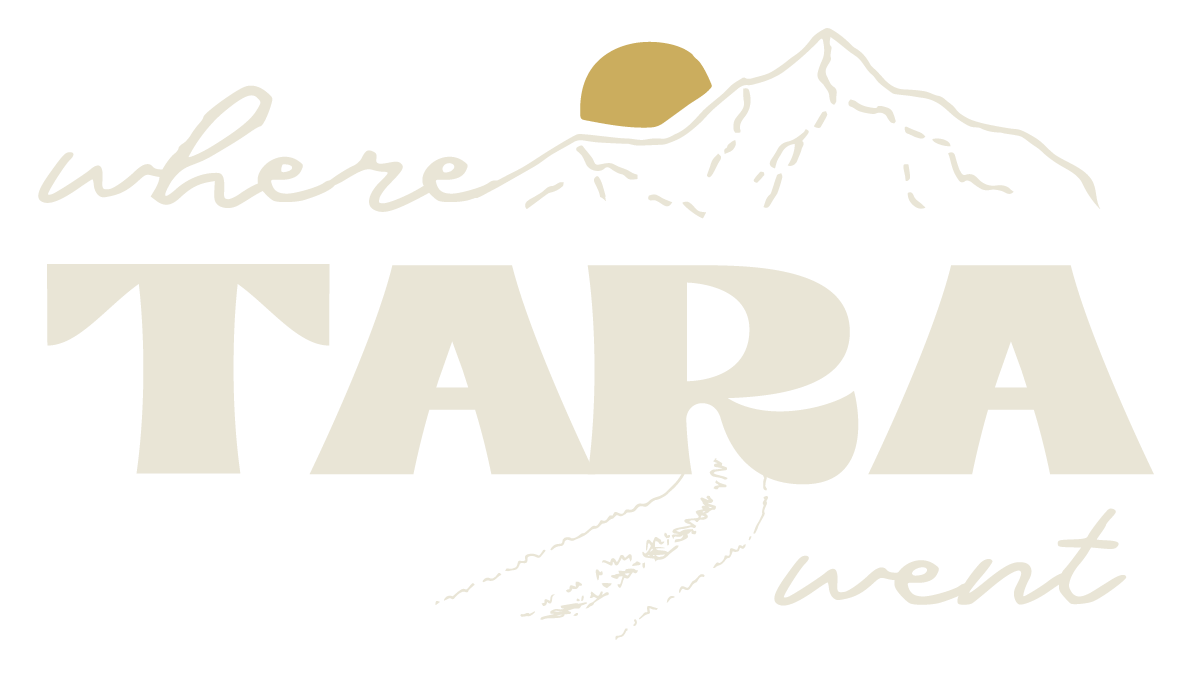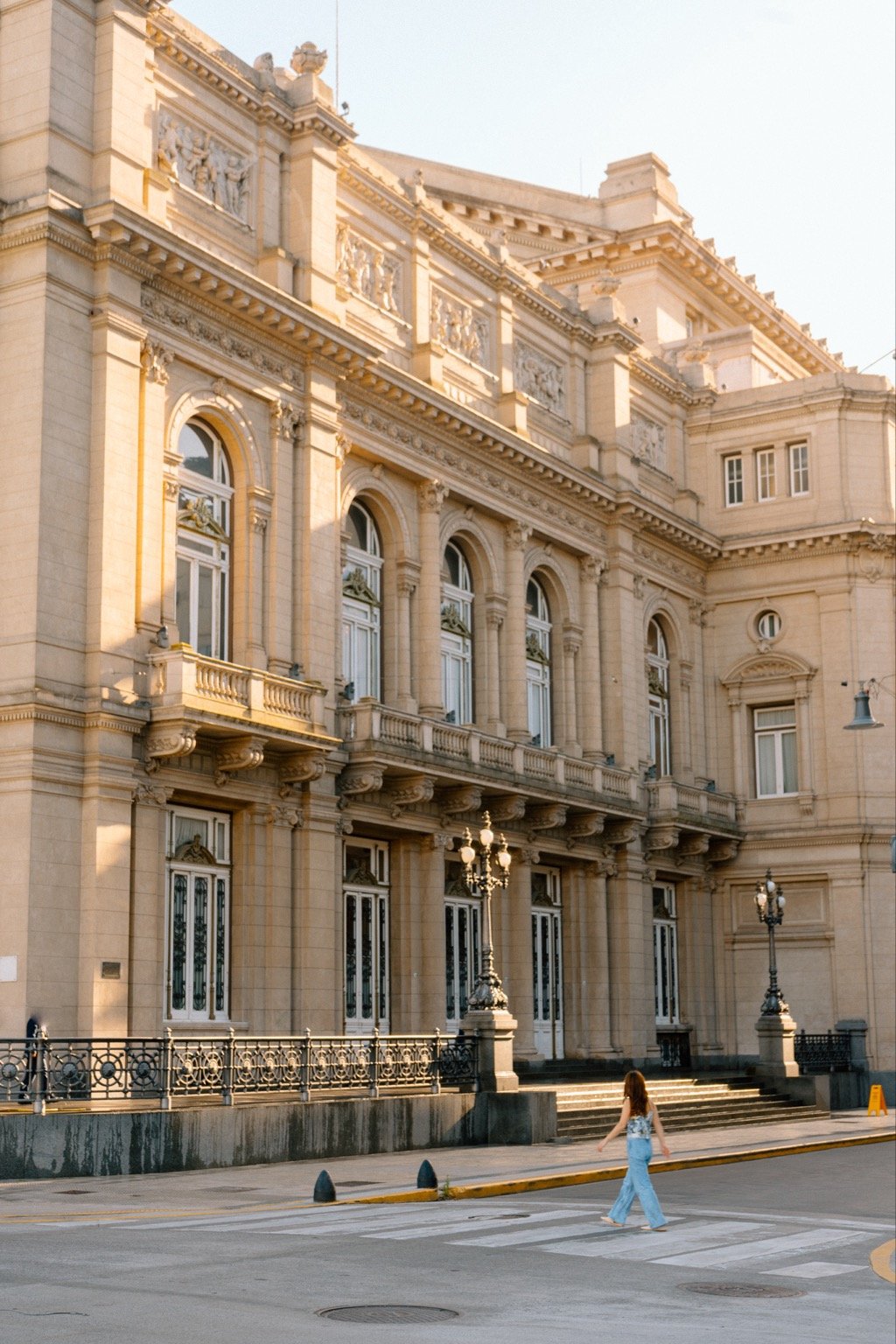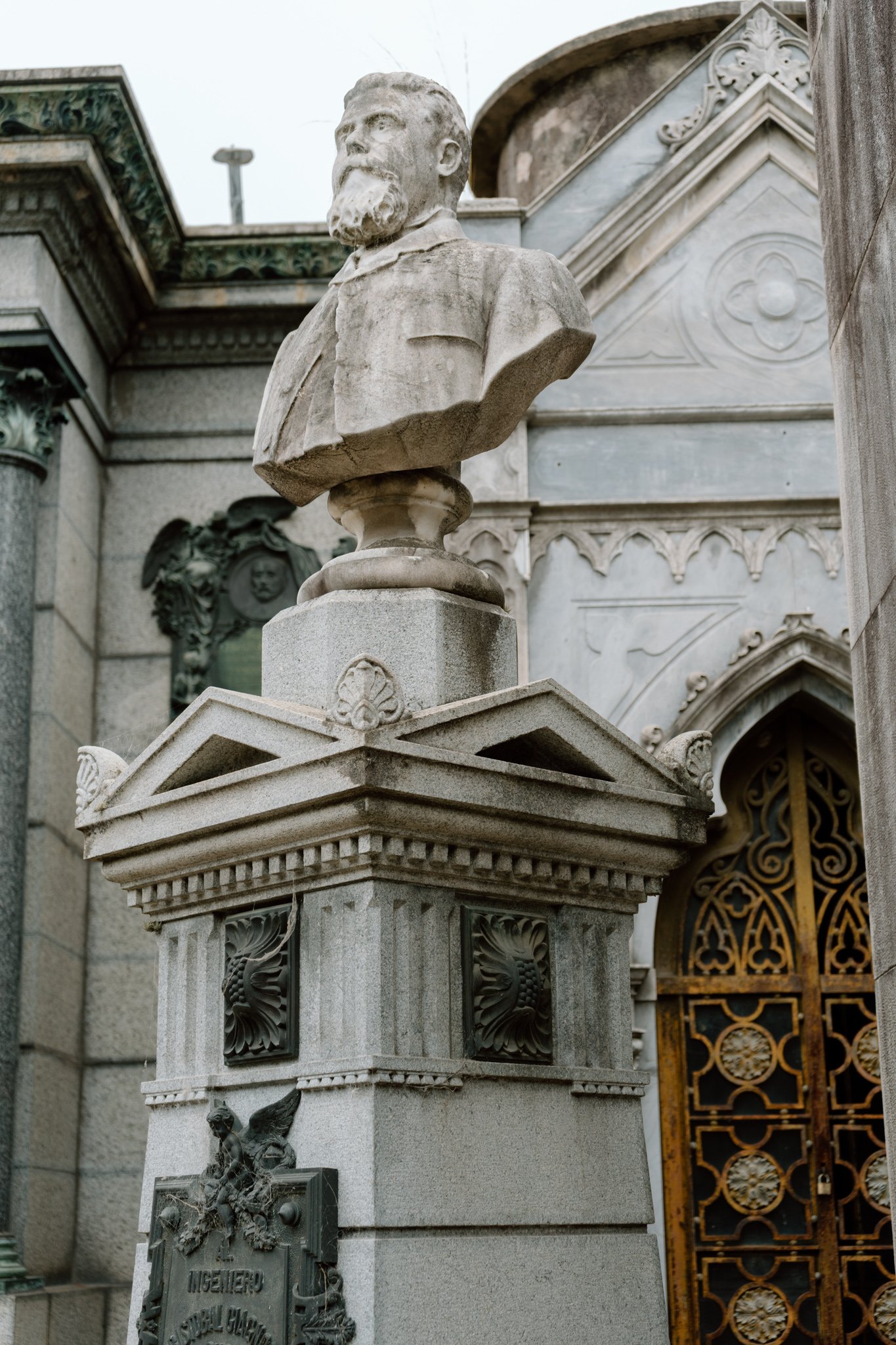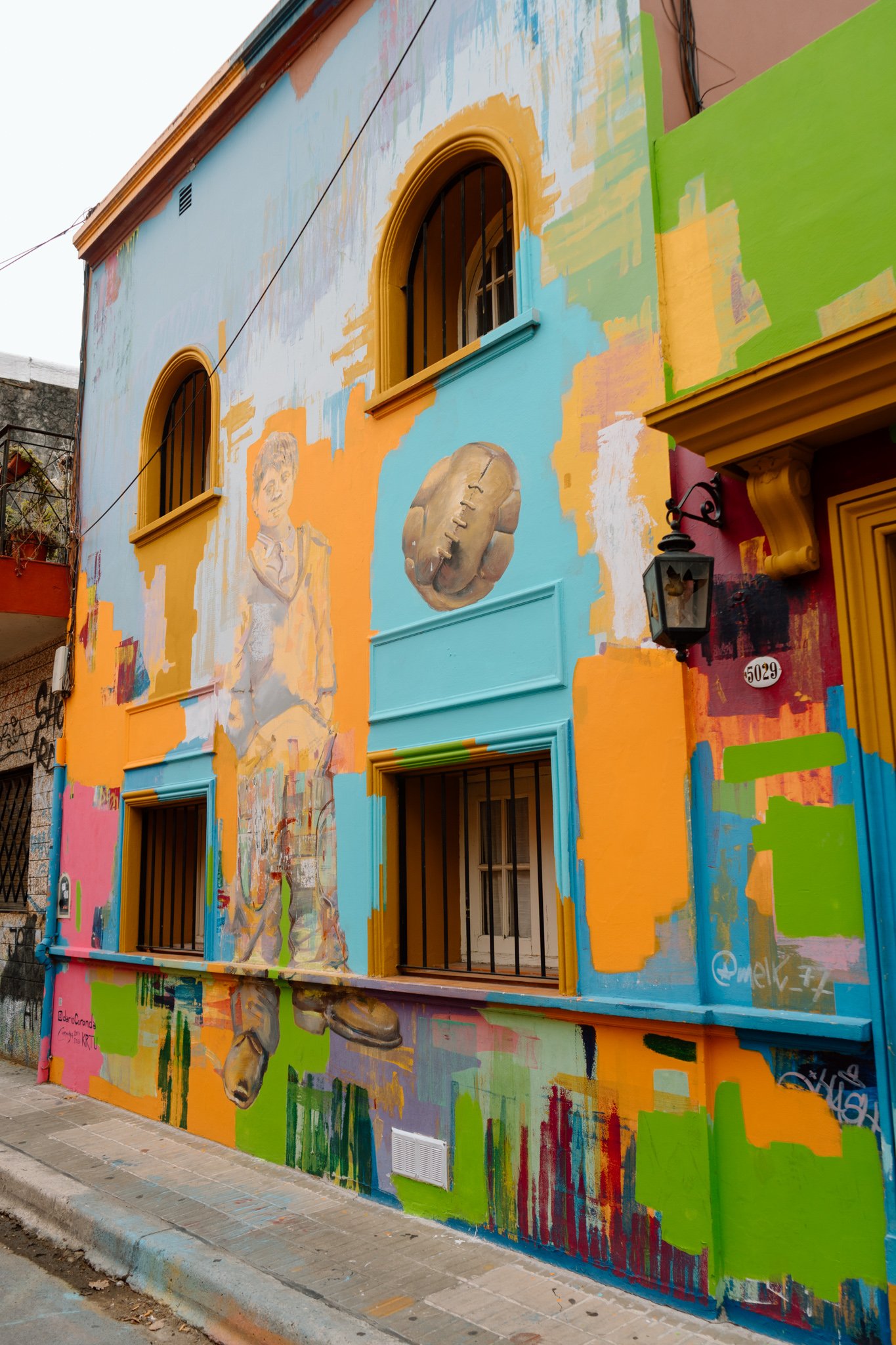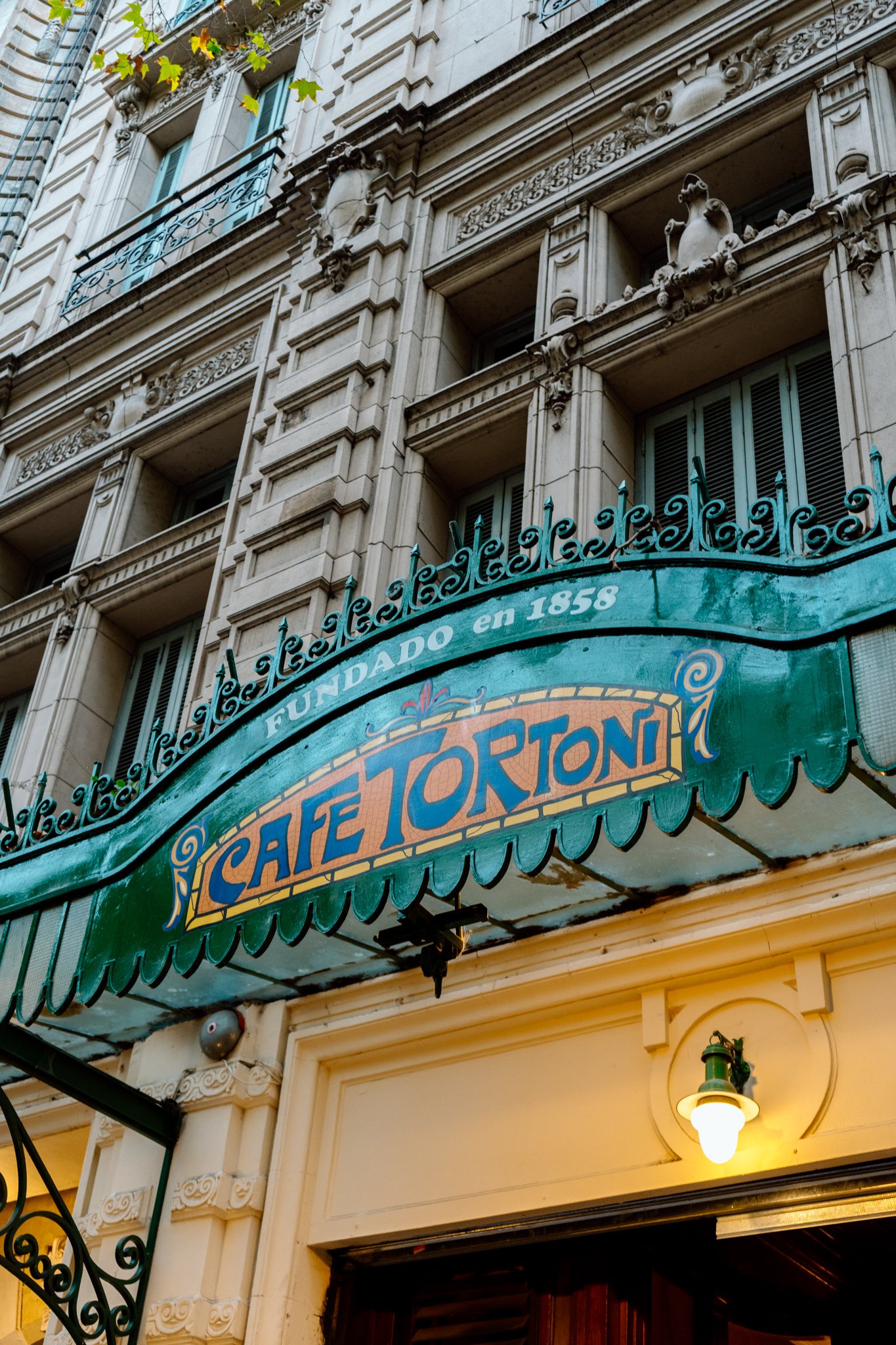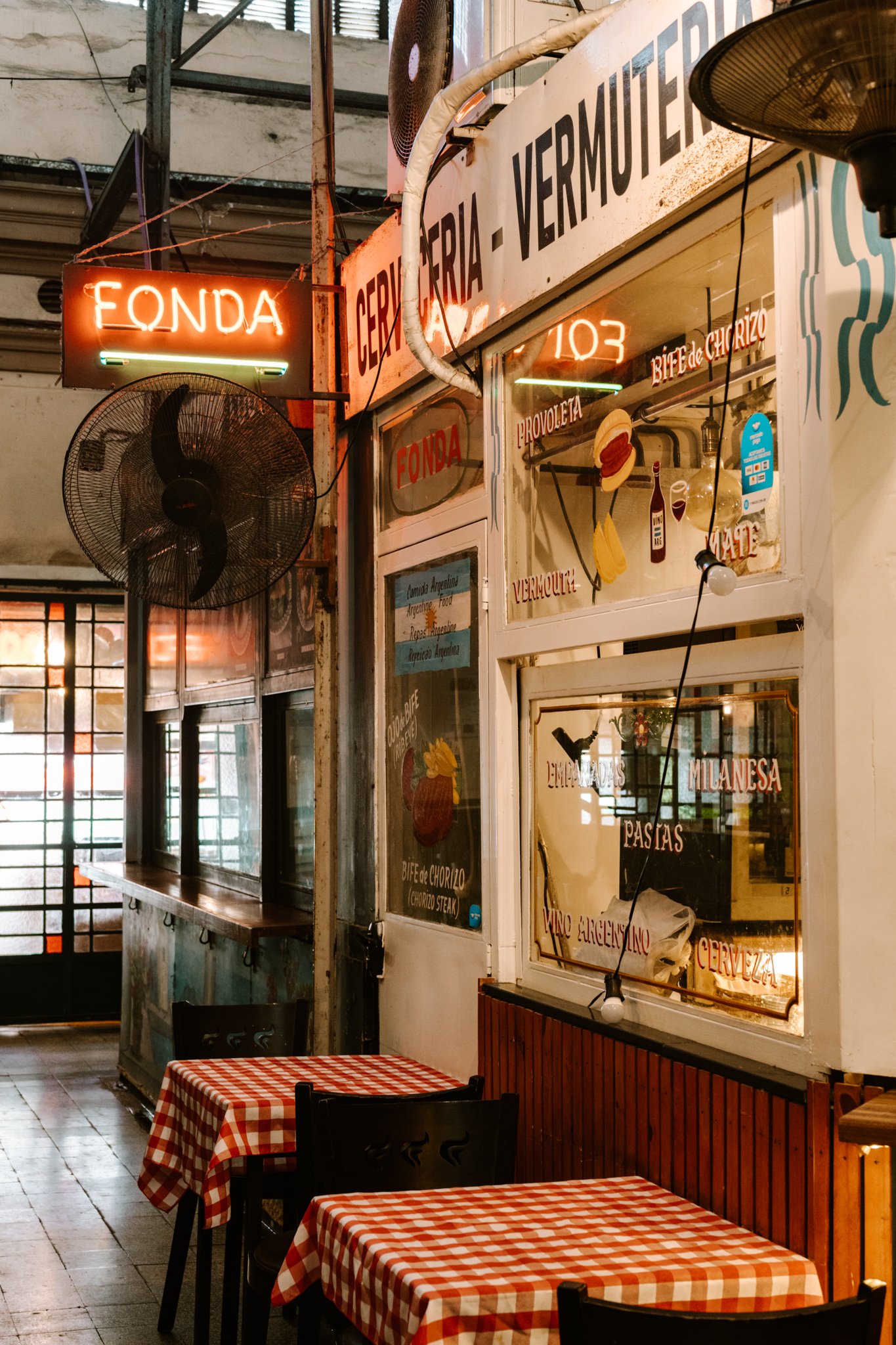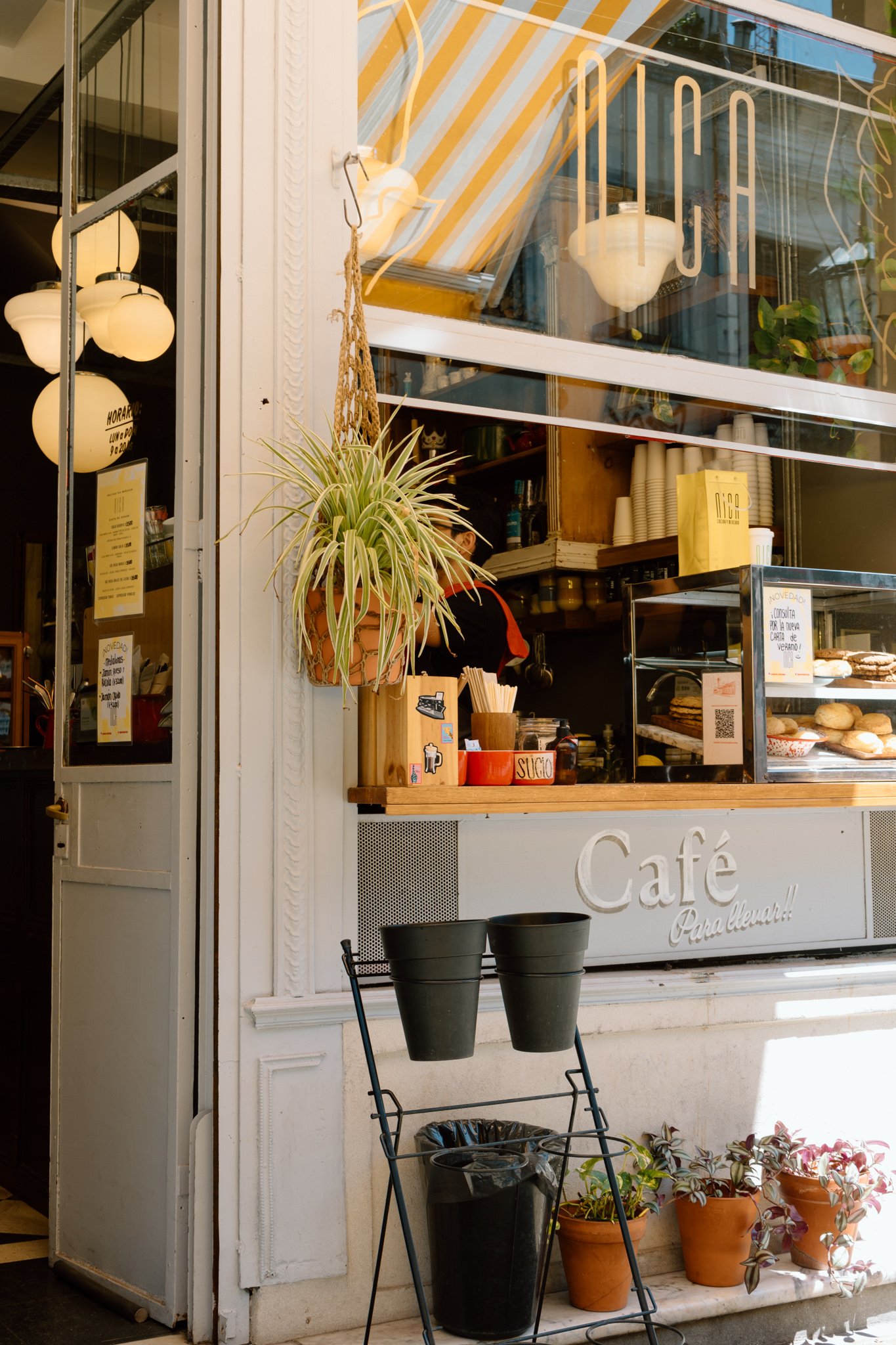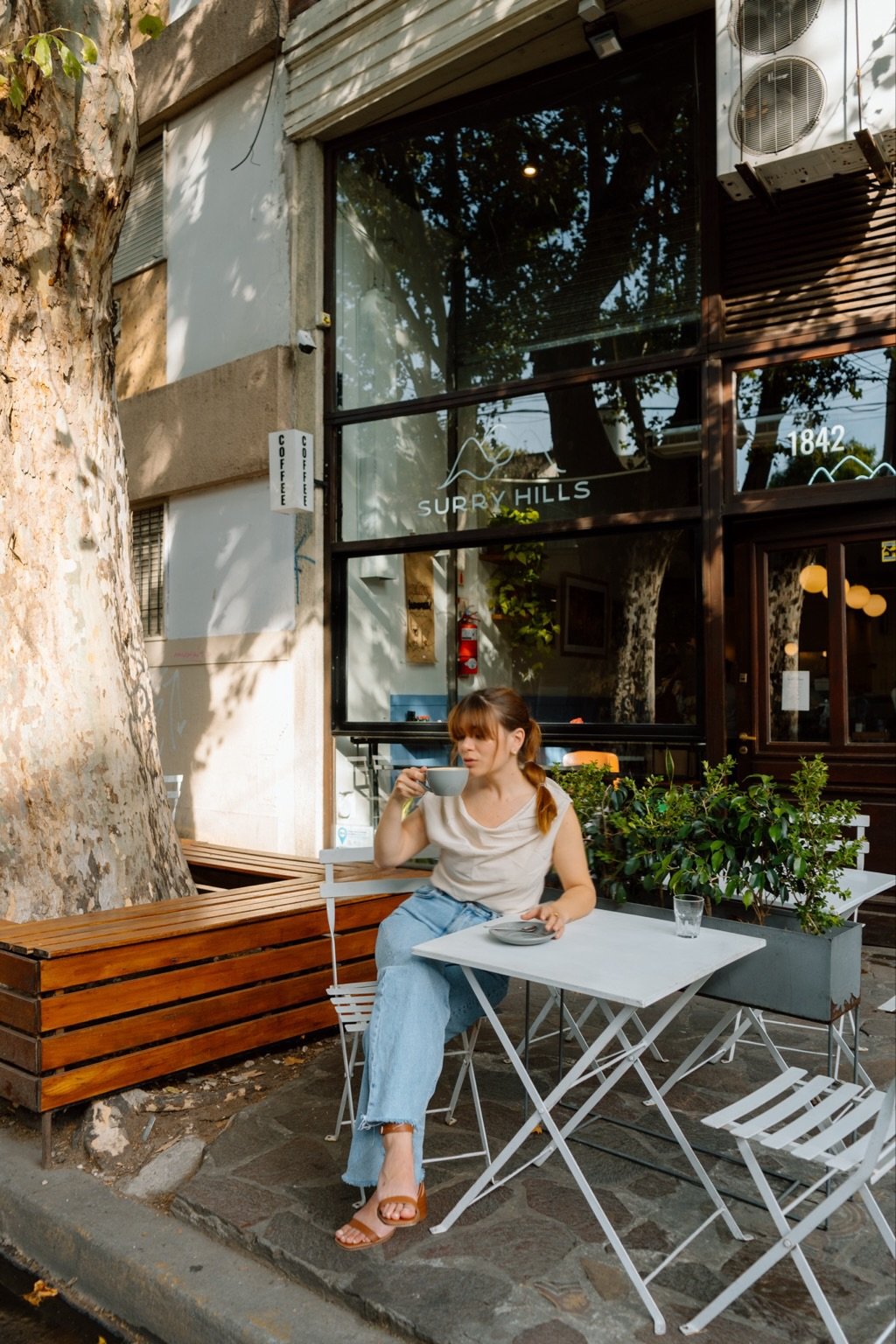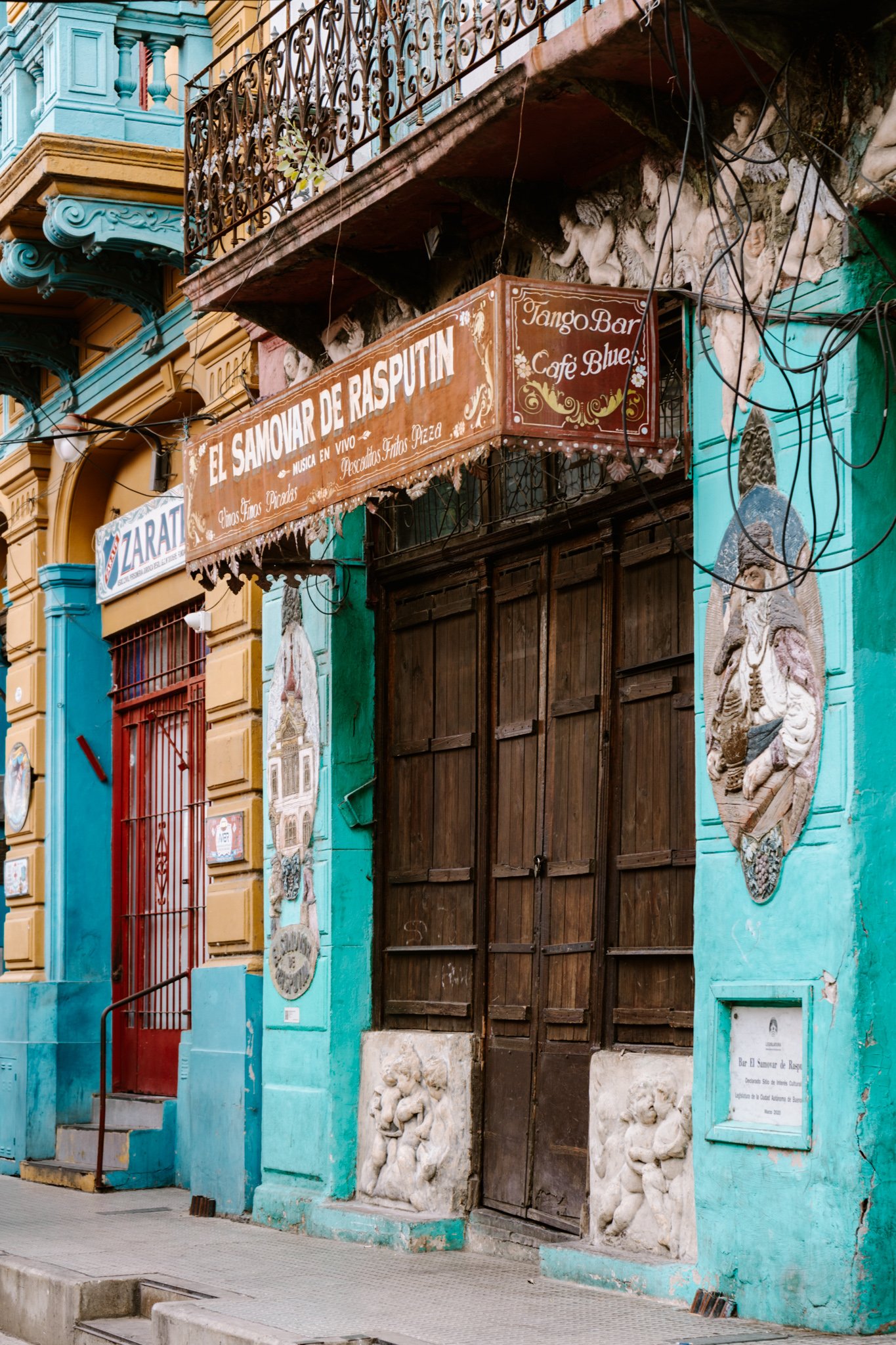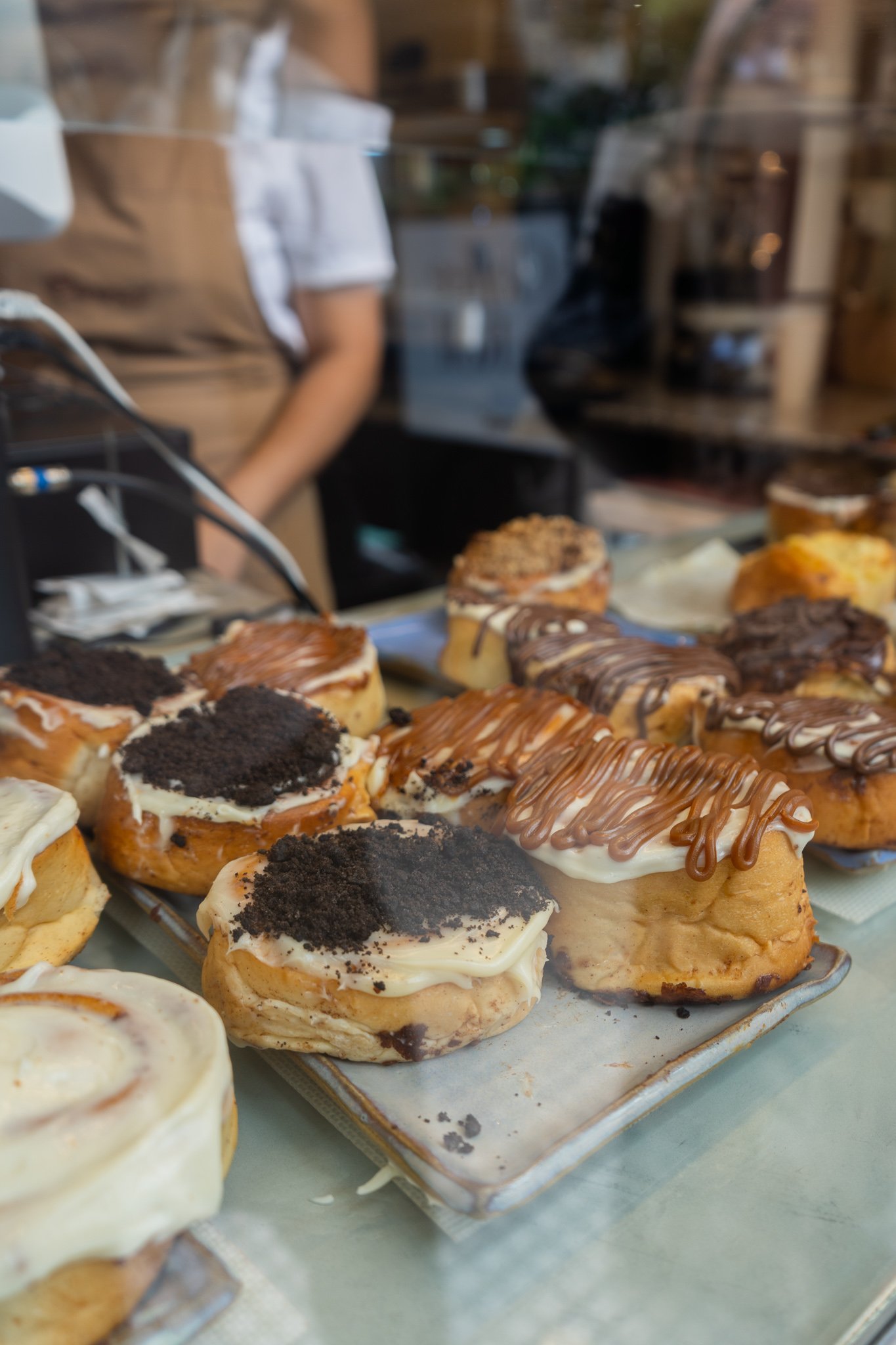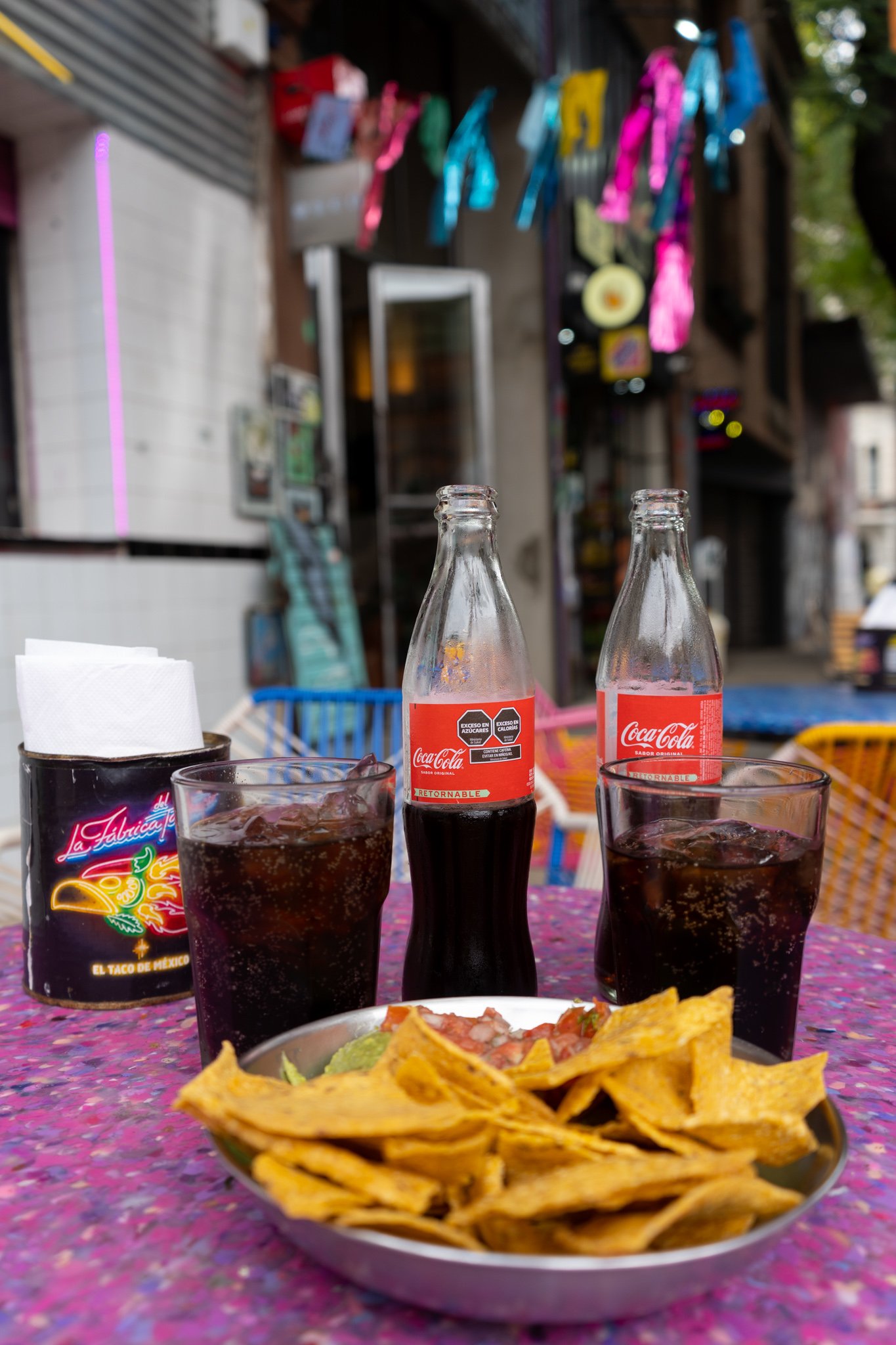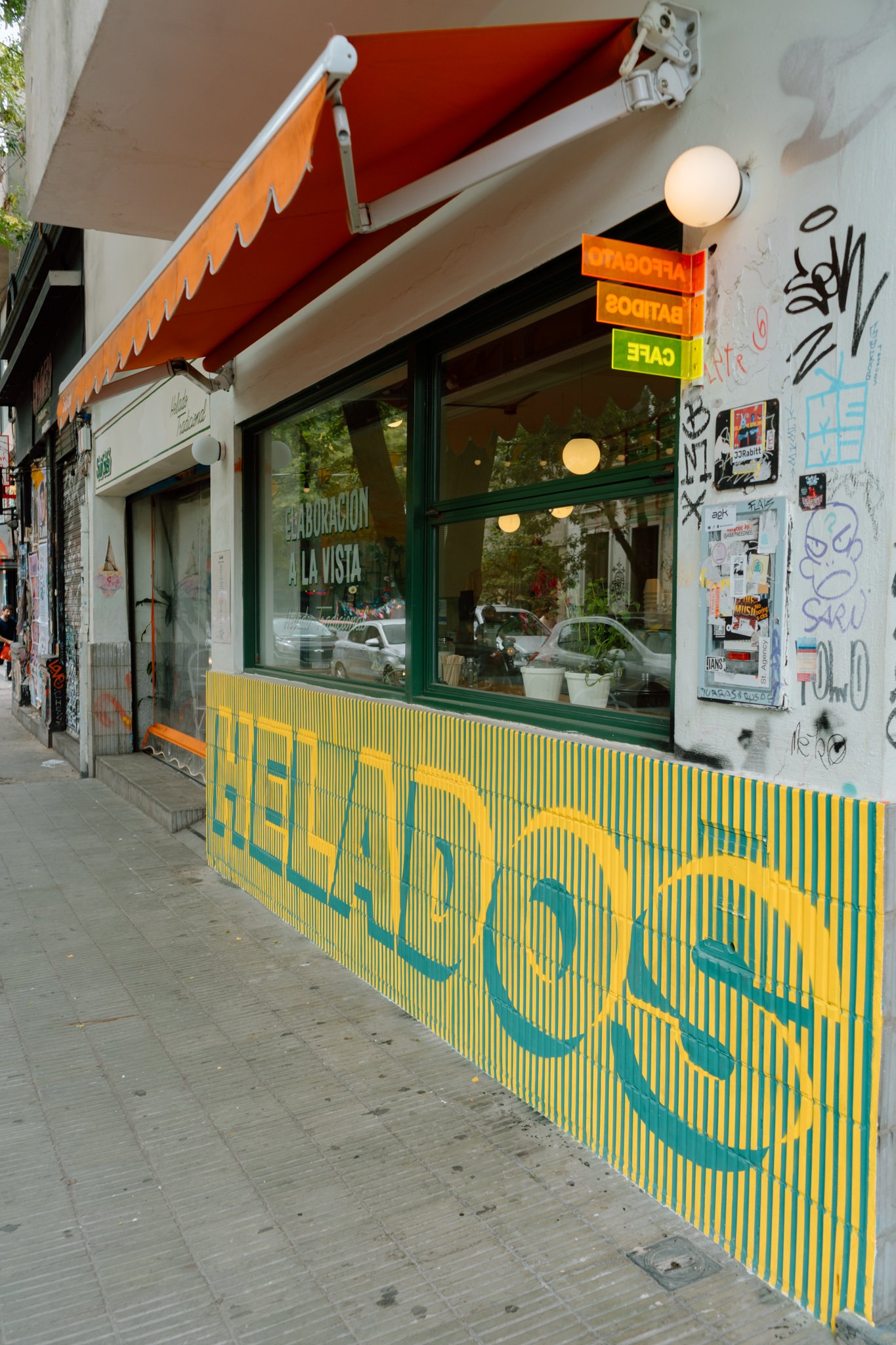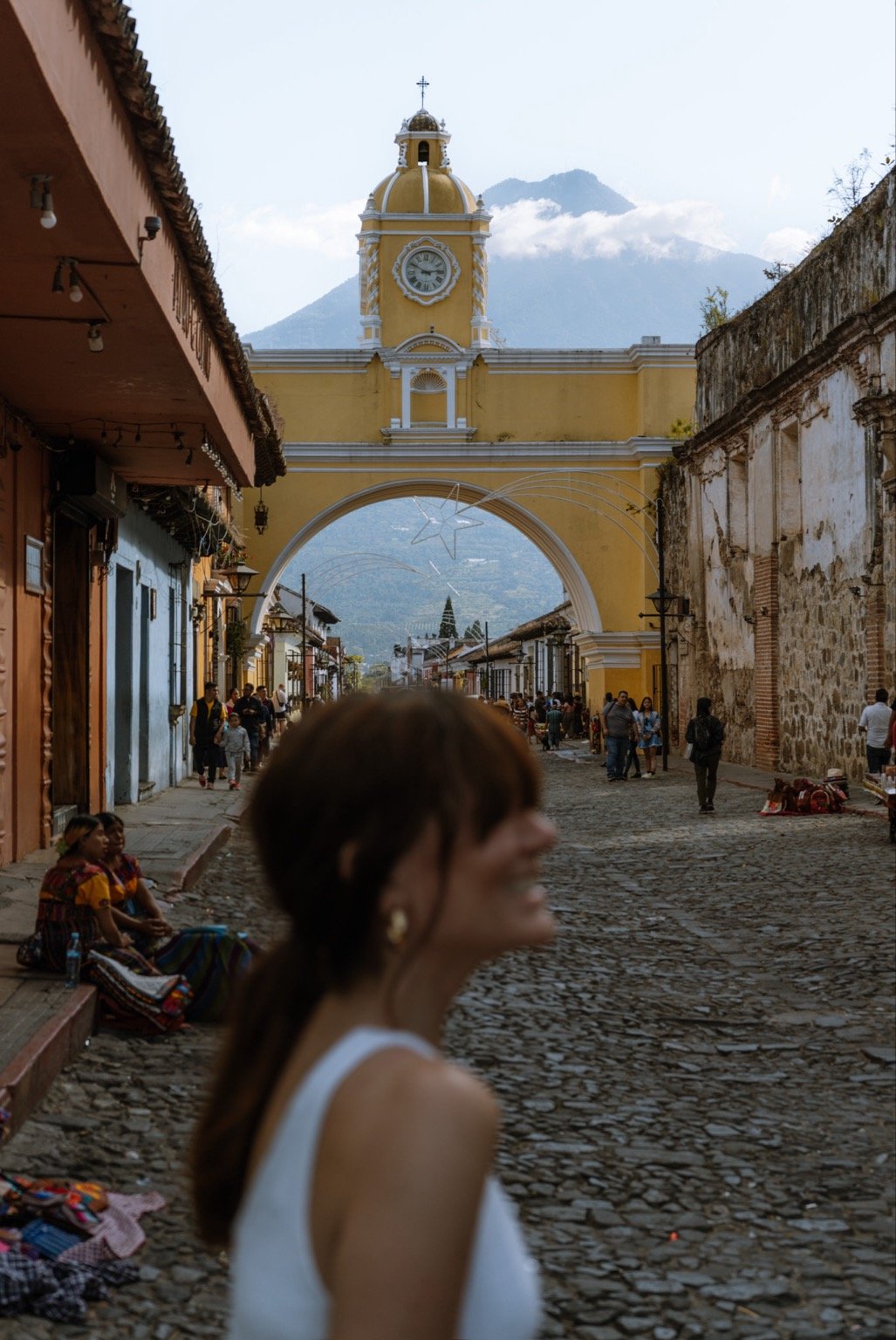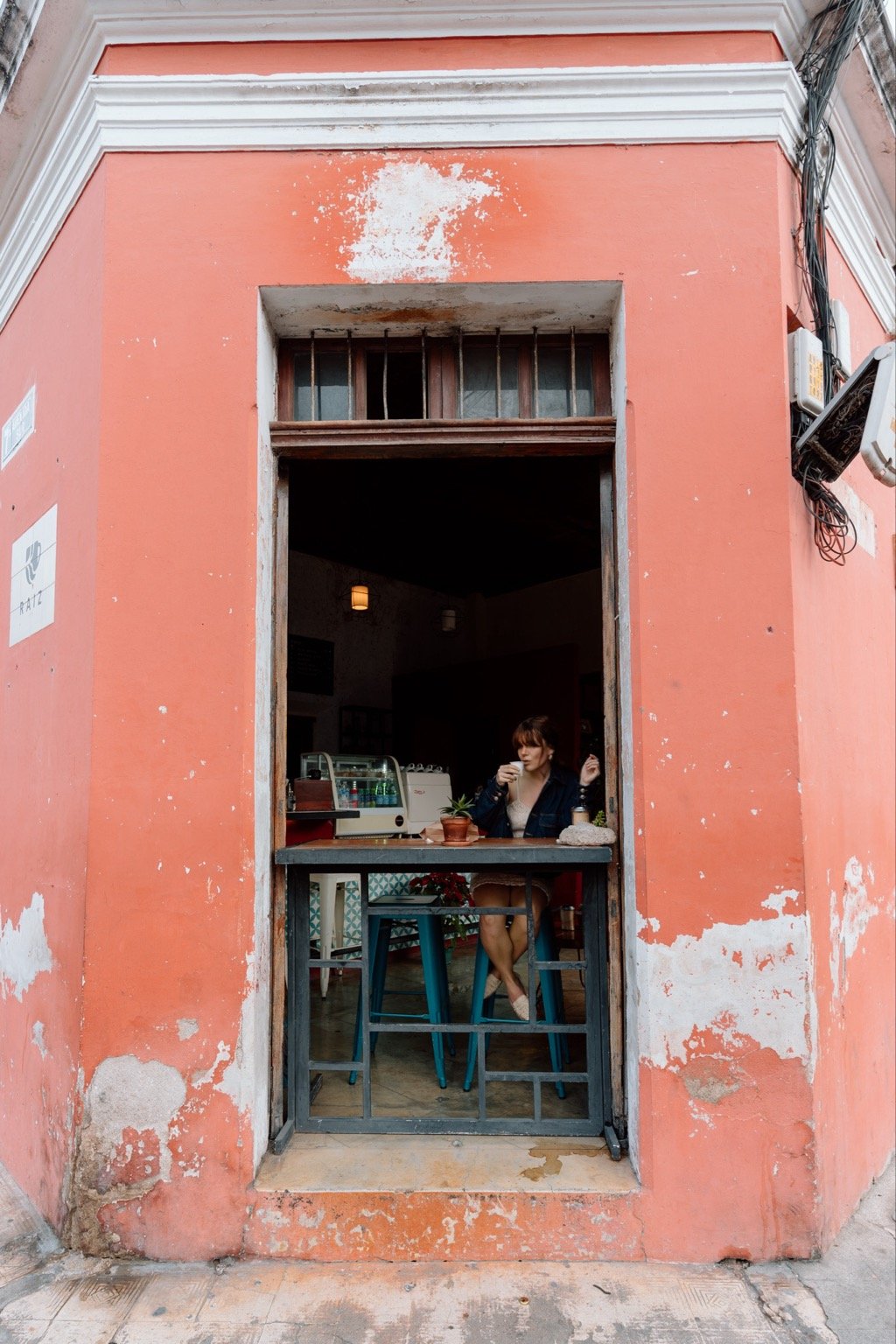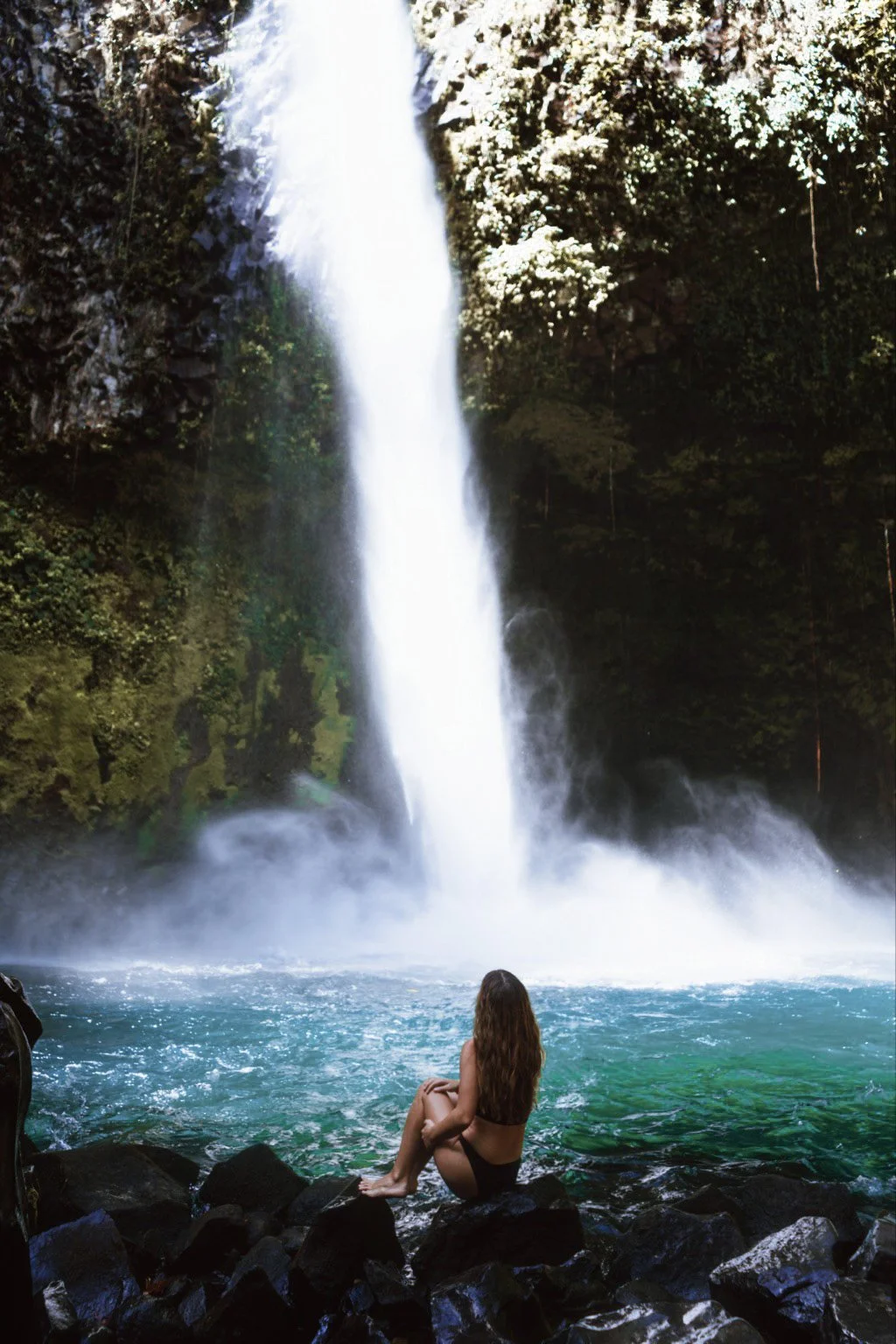3 Days in Buenos Aires, Argentina: The Perfect Food + Culture Itinerary
Wondering how to spend the perfect three days in Buenos Aires? I’ve created a 3-day itinerary filled with food, art, and cultural activities!
Buenos Aires is a city that will seduce you. It’s nearly impossible not to be allured by European architecture and romanced by the rhythm of tango. Argentina’s capital is abundant with art and world-class cuisine, not to mention world-renowned wine. This 3-day food and culture itinerary details how to best spend three days in Buenos Aires.
Every neighborhood in this city of 15 million exudes its own unique charm, and this itinerary will help you discover the best of them! Whether you're a first-time visitor or a seasoned traveler returning to uncover more of its treasures, this perfect 3-day itinerary will help you immerse yourself in the cultural tapestry, culinary delights, and iconic landmarks of Buenos Aires.
how to get to Buenos Aires ↴
Buenos Aires, being both the capital of Argentina and a major travel hub within South America, can be reached by direct flight from a number of US cities, including New York, Miami, and Los Angeles. It also has direct flight options from European cities, like Paris.
Two main airports that service Buenos Aires. Most international flights from outside of South America arrive at Ministro Pistarini International Airport, which is often referred to as Ezeiza. From Ezeiza, you can take public bus #8 into the city. This is the most budget-friendly way to get into the city, but it will likely take a couple of hours. Alternatively, the Uber rideshare app is relatively inexpensive and is much more efficient than the bus.
Buenos Aires’ second airport is smaller and typically reserved for domestic flights or incoming flights from neighboring countries.
how to get around Buenos Aires ↴
Though Buenos Aires is sprawling, getting around the city is fairly easy. There are several options to get you from place to place.
Uber | We either walked or Ubered everywhere in the city. Uber rides in Buenos Aires are incredibly inexpensive. We never paid more than USD $5 for a ride. Due to ongoing legal issues with Uber in Argentina, some drivers may ask you to sit in the front seat, so they don’t get flagged as Uber rides. Don’t worry! This is not unusual or unsafe.
Taxi | There are taxis throughout the city, though I strongly advise using Uber over classic taxis. There are a few common taxi scams that target tourists in Buenos Aires! If you find yourself in a situation where you have to use a regular taxi, make sure it has a “RADIO TAXI” sign on the top and make sure the meter is running while you’re being driven.
Subte (subway) | The subte (subway) is much easier to use than I initially expected. First, you’ll need to buy a reusable SUBE card. You can find one at either a Kiosco (corner shop) or at the airport.
Bondis (bus) | The public buses in Buenos Aires are an affordable way to get around the city. They run 24 hours and service the entire city. If you take the bus, a little Spanish may be helpful.
Lime Scooters | You can rent Lime Scooters to explore the city, but I would caution against this. Scooters share the road with cars, and the traffic in Buenos Aires can be a bit precarious.
best time to visit Buenos Aires ↴
Ultimately, the best time to visit Buenos Aires depends on your personal preferences for weather and activities. Spring and autumn are ideal If you enjoy mild temperatures and outdoor pursuits. If you don’t mind hot weather and crowds, summer might be more to your liking. Alternatively, the winter months allow for cooler temperatures and fewer crowds.
Spring (September to November) | Spring is considered one of the best times to visit Buenos Aires. The weather is mild, with temperatures ranging from the mid-60s to mid-70s Fahrenheit (around 17-24°C). It's a great time for outdoor activities, such as strolling through parks or enjoying café culture.
Summer (December to February) | Buenos Aires can get quite hot and humid during the summer months, with temperatures often exceeding 90°F (32°C). Many locals head to the coast during the summer to beat the heat, but if you’re alright with the boiling temperatures, this is a great time to experience the city’s vibrant nightlife and many outdoor events.
Autumn (March to May) | Like spring, autumn offers pleasant weather with temperatures gradually cooling down. It's another excellent time to visit, especially for cultural events and festivals.
Winter (June to August) | Winters in Buenos Aires are mild compared to some other parts of the world, but it can still get chilly, with temperatures dipping down towards 40°F (around 5-15°C). Winter can be a good time to visit if you prefer fewer crowds and want to explore indoor attractions like museums and theaters, as it’s not peak tourist season.
is Buenos Aires worth visiting ↴
I know what you might be thinking: in a country as widespread as Argentina, is the capital city even worth visiting? The answer is a resounding “yes.” Buenos Aires is typically most travelers’ entry point to Argentina, and it’s a city with a lot to offer as a kickstart to your trip. Exploring Buenos Aires will give you incredible insight into the country at large, including historical and cultural context. Spending 2-4 days exploring the city’s many museums, art galleries, marketplaces, and restaurants, gives you a lovely little introduction to Argentina. That much time also allows for a day trip to Uruguay!
where to stay in Buenos Aires ↴
Buenos Aires is similar to México City, in that it is a sprawling metropolitan area. Because of this, staying somewhere relatively central to attractions is ideal.
best areas in Buenos Aires to stay in:
Palermo | Palermo is one of the city's most popular areas to stay in due to its dense population of cafés, bars, and restaurants. Palermo is filled with boutiques and murals, making it a prime spot for shopping and street photography.
San Telmo | San Telmo is the most multicultural area of the city, with large British, Italian, and Russian communities. It has a distinctly Bohemian vibe. The cobblestone streets are lined with antique shops, flea markets, and art galleries. You’ll also find upscale tango shows spattered throughout San Telmo.
Microcentro | Staying in Microcentro, the main city center of Buenos Aires, means you’ll be central (literally). There are plenty of hotel options in this area, but it is busy! If you’re noise-conscious or a light sleeper, perhaps consider a quieter part of BA.
Best accommodation in Buenos Aires:
Merit San Telmo | The hotel is quite basic, with standard amenities like WiFi and a continental breakfast. However, it makes my list due to its location. Just around the corner sits Café Tortoni (the oldest café in Buenos Aires), Claró (ideal for picking up a tourist SIM card), and Palacio Tango (a top-rated traditional tango show). We stayed here while trekking Patagonia with Intrepid Travel, and I believe it to be the perfect hotel for first-time visitors.
Four Seasons Hotel Buenos Aires | The Four Seasons Buenos Aires is iconic. Its marble bathrooms and ornate pool reflect the hotel’s location in the affluent Retiro neighborhood of the city. It’s a spend, but it epitomizes a luxury hotel stay.
BE Jardin Escondido by Coppola | Sofia Coppola is such a fan of Argentina that she created an upscale boutique hotel in Palermo.
Infinito Hotel | This affordable Art Deco hotel is ideally located between Recoleta and Palermo, two fan-favorite neighborhoods.
Hotel Pulitzer Buenos Aires | Hotel Pulitzer has a swimming pool, rooftop bar, and a chic design interior that makes it a stylish stay for travelers wanting to be located in Microcentro.
I love using Booking.com to book the best places to stay around the world.
travel tips for Buenos Aires ↴
currency, cash, + atm withdrawals
Buckle in, because this is a big one! Perhaps the most important thing for travelers to know about Buenos Aires is that getting cash is an absolute pain. We use our Wise and Curve cards to guarantee we get the best rates. However, we needed cash for our onward journey to Patagonia and for tipping local guides. Once we landed in Buenos Aires, with no cash on hand, we discovered we were in for a doozy of a time.
As of February 2024, ATMs are not foreigner-friendly. The government has a strict 15,000 ARS (roughly USD$15) limit on cash withdrawals and, as you can imagine, that means you need to make a lot of transactions to pull out enough cash for tipping and paying for things in remote areas. For every transaction, you will also be charged ARS 8,000 (~ USD$ 8). It’s decidedly not an economical way to pull out money. On top of that, many international cards are simply not accepted, without any reason given. Overall, I recommend avoiding the ATMs at all costs— no pun intended.
Luckily for us, most restaurants, shops, and attractions accept Visa and Mastercard. Typically, we use our Wise card when we travel, which has zero international transaction fees, and withdraw any cash we may need from an ATM.
You can bring Euros or US Dollars with you to Argentina and exchange them at a bank, however, due to recent inflation, exchanging Argentine Pesos back to Euros or Dollars if you have any leftover is almost impossible. I recommend US Dollars over Euros, as they are more widely accepted and you can exchange them outside of banks for an unofficial rate, which is higher than a typical currency exchange.
If, for whatever reason, you haven’t brought US Dollars or Argentine Pesos on your travels, Western Union is your best bet. I had only ever used Western Union twice previously, and both times were due to my international banking cards being stolen or stuck in an ATM. In other words, Western Union has only ever been a last resort. In Argentina, we realized quickly that a currency offers a rate 30% higher than an official one.
SIM cards in Buenos Aires
I recommend purchasing a prepaid Claró SIM card upon arrival in Argentina. They sell SIM cards specifically for tourists, and both Luke and I found them to have great 4G/5G coverage throughout Argentina, including Patagonia.
Alternatively, you may want to order an E-SIM. This allows you to have your SIM card ready before you even land in Argentina. Airlao and Nomad both offer highly reviewed E-SIM cards for Argentina.
Scams to avoid + safety in Buenos Aires
The most frequently asked questions I hear from travelers heading to Buenos Aires are regarding safety in the city. Buenos Aires has a reputation for petty theft, so I primarily advise travelers to keep their belongings with them at all times. I recommend using hotel safes for important documents like your passport or other miscellaneous valuables. In general, I found Buenos Aires very safe. The petty theft/scamming in Bueno Aires is similar to what you see in almost every other major city.
I only ever had issues with scams in 2015, during my first trip to Argentina. I fell prey to the “bird poo” scam. The bird poo scam is prevalent around the Obelisco and Recoleta Cemetery. The basic premise is this: while you are walking, you are drizzled with a substance (sometimes mustard, other times something homemade) that you might presume is bird poo. The substance is often dropped on tourists from out of a window along busy streets or sprinkled on unassuming tourists by people jogging past. While you stop to clean yourself off, locals (usually an elderly woman) will come to help you wipe it off. This is a distraction, allowing another person to snatch your belongings. Try to avoid looking like an obvious tourist when you can, and if you find yourself with “bird poo” on your things, do not put your bag down to clean it off. Always have a hand on your belongings whenever you’re in public.
3-day itinerary for Buenos Aires ↴
DAY 1: Breakfast at SALVAJE BAKERY, Plaza de Mayo, Casa Rosada, Avenida de Mayo, Lunch at San Telmo Market, Museo de Arte Moderno, Café Tortoni, + Dinner at Grandes Carneceria del Plata
Your first day following this Buenos Aires itinerary will give you a proper introduction to Buenos Aires and the city’s major attractions. While I’ve outlined the exact path for you to take to see all the main sights on your first day in Buenos Aires, walking tours of the city are a great alternative, particularly for solo travelers looking to meet people.
I can personally recommend these walking tours of Buenos Aires:
Before you head out on your explorations of the city, grab breakfast at Salvaje Bakery. The food here tastes even better than it looks on their Instagram. Think Brioche donuts, grilled mushrooms and ricotta on sourdough bread, and decadent dulce de leche croissants. As the cherry on top, they serve incredible barista-style coffee here.
After eating breakfast, walk to Plaza de Mayo. This is widely regarded as the most significant square in Argentina. Casa Rosada (aka the Pink Palace) is located within the square. This is the president’s office and is often where mass protests are held. You can take an hour-long tour of Casa Rosada on Saturdays in Spanish or English. However, you’ll need to reserve a place online a few weeks ahead of your intended visit.
Head from Plaza de Mayo and walk along Avenida de Mayo towards Palacio Barolo, one of the most architecturally fascinating buildings in the city. On your way, you’ll cross the widest street in the world, Avenida 9 de Julio. The famous Obelisco is an icon of Buenos Aires. It was officially unveiled in May 1936 and was famously constructed using white stone from Cordoba, a city in northern Argentina.
For lunch, either walk or take an Uber to the San Telmo Market. There are two markets in San Telmo. One is an indoor market filled with food vendors that sell local produce and delicacies, as well as hot, ready-to-eat food. For some of the best empanadas in Buenos Aires, head inside the market to El Hornero de San Telmo. If you happen to visit San Telmo on a Sunday, I recommend checking out the outdoor San Telmo market as well.
From the market, it’s an easy walk to the Museo de Arte Moderno. I’ve been to a lot of modern art museums, and I promise you this one is well worth it. Entry is only a few dollars (or free on Wednesdays)! The art exhibits touch on political and social issues, including climate change, colonization, and sexism. I highly recommend spending an hour or two perusing its multiple floors.
At this point in the afternoon, why not visit the city’s oldest café? Café Tortoni opened its doors in 1858 by a French immigrant, and it’s been frequented by the likes of Albert Einstein, Hilary Clinton, and Francis Ford Coppola ever since. Travel publications often list it among the most beautiful cafés in the world and I can see why. The interiors ooze elegance and sophistication. When you visit, do yourself a favor and order the dulce de leche churros accompanied by the Dulce Cabralles. There is a live tango show if you feel like ending your night here!
As the night lingers on, walk towards Grandes Carniceria del Plata for a traditional Argentine steak dinner. What I remember most about eating here were its cool renovated interior and the impeccable service. The wait staff walked us all through the menu, which had vegetarian options, and
DAY 2: LA BOCA, BRUNCH + BOUTIQUE SHOPPING IN PALERMO, Museo de Arte Latinoamericano de Buenos Aires (MALBA), BOOK BROWSING AT El Ateneo Grand Splendid, FRENCH CEMETERY IN RECOLETA, + DINNER TANGO SHOW
What once was the main port of Buenos Aires has developed a bad reputation. Still, La Boca is well worth a visit. Now filled with touristy souvenir shops and traditional restaurants, La Boca once was a community of immigrants and blue-collar workers. To say that tourists are targeted by scams and petty theft would be an understatement.
Despite the need for caution here, spending a morning hour in La Boca is a great way to see the neighborhood’s colorful buildings. Be ready to shop and take an abundance of photos! Grab an Uber to La Boca and head straight to Caminito, a designated area of La Boca known for its colorful scrap metal buildings. I recommend going earlier to beat the tour buses, as crime tends to ramp up with the influx of tourists. However, keep in mind that arriving before 9 AM will mean most shops are closed and that the street market isn’t quite set up.
You’ll have worked up an appetite in La Boca. Take an Uber North to Palermo for brunch and boutique shopping. This is one of the most affluent neighborhoods in Buenos Aires. Filled with one-of-a-kind purchases, vintage fashion, and mouthwatering food, it is easy to spend a few hours wandering Palermo. It’s also a hotspot for street art and bright murals!
The next stop on this itinerary is for the book lovers: El Ateneo Grand Splendid. National Geographic once went as far as to call it “the most beautiful bookstore in the world.” Nestled among the many shops that line Avenida Santa Fe, El Ateneo isn’t like other bookshops in Buenos Aires. In 2007, El Ateneo underwent a spectacular USD $3 million renovation. It was converted from a theater and, in the process, retained its domed ceiling, ornate opera booths, and original stage area. It’s worth a stop, whether you’re in the market for a new book or popping in for a photo.
The French Cemetery in Recoleta is known for being the final resting place for some of Argentina’s most famous diplomats and scholars, including Eva Peron. The cemetery is a Baroque labyrinth of over 6,000 statues, coffins, and tombs. Visiting is one of the city’s “must-do” activities, but I was a bit underwhelmed. Many of the crypts are broken and littered, despite being enclosed behind the cemetery walls. Still, as I mentioned earlier, it is a must-do, and the overwhelming number of mausoleums is worth the low-cost entry ticket.
Cap off your second day in Buenos Aires with a Tango show! These can be very touristy, and the included dinners are typically quite average, but the dancing is outstanding. Palacio Tango offers a traditional tango show and a little pre-show dance class. The show portion of the evening was a blend of musical performances, group dances, and couples interlacing their bodies in rapid cadence. Prepare to have a late evening, as these shows typically don’t start until after you’ve eaten your three-course meal, which begins being served around 8:30 PM.
DAY 3: Polo lessons or Football Match
Argentina is nothing if not sports-crazed. That’s why I recommend you spend your third and final day in Buenos Aires indulging in the city’s sports scene. Two of the most popular “sporty” things to do in Buenos Aires are watching a soccer/football match and taking polo lessons with a professional.
If you’re not keen to participate, I recommend booking a ticket for a football game! Football (yes, I call it soccer, but when in Argentina…) is the country’s most popular sport. The Argentina national team won the 2022 World Cup, and every proud Argentine will remind you of that victory if they get the chance. This is, obviously, only possible if your trip times with a football game. However, if you plan it right, you could witness some of Argentina’s incredible sportsmanship.
It’s extremely difficult to get tickets to a football game without using a third-party organizer. Typically, I would advise against booking through third-party companies, but in this instance it’s unavoidable. For example, the only way to book a Boca Juniors ticket is by having a membership card, which tourists like yourself likely won’t have.
I recommend using LandingPadBA. They are highly reputable and were suggested to Luke and me by a local guide. LandingPadBA secures tickets for you and sends you a helpful email with tips for your time. Tickets through booking platforms cost anywhere from USD$ 100-200 (depending on the playing teams).
Are you looking for something a little more interactive? How about playing polo?! Polo in Argentina is an institution. Today, Argentina is one of the world’s largest exporters of polo horses! You can also book Polo Lessons on LandingPageBA, however, you can also book Polo Lessons from Buenos Aires by Polo Elite via Viator.
DAY 4 (OPTIONAL): DAY TRIP to Uruguay
If you’ve got an extra day in Buenos Aires, why not book a ferry ride across the water to Uruguay? Colonia de Sacramento is approximately an hour-long ride across the Río de la Plata, which makes it quick enough to squeeze into an extra day. This charming city is built up of cobblestone streets and colonial architecture. One of the area’s most famous landmarks is its lighthouse, which rewards those who climb all 111 stairs to the top with amazing views. Don’t forget to bring your passport with you and arrive approximately 30 minutes prior to your ferry departure.
where to eat in Buenos Aires ↴
breakfast + brunch in Buenos Aires
Surry Hills | Australian-style brunch in the heart of Palermo Soho. The coffee here hits it out of the park, and the avocado toast with hummus hits the spot.
Nica Cocina | A gorgeous little eatery in San Telmo. It’s a lovely spot for al fresco brunch or pastries and coffee.
OSS Café | OSS does coffee right!
Ninina | With cabinets full of cakes and a seriously aesthetic interior, Ninina is a must-visit for brunch in Buenos Aires.
Cuervo Café | Located in Palermo, next to the ritzy boutiques that line its cobblestone streets, Cuervo Café is a favorite for shoppers seeking a caffeine pick me up.
Salvaje Bakery | You might walk right by Salvaje if it weren’t impossible to notice the crowds of drooling patrons and the wafting smell of fresh bread.
lunch + dinner in Buenos Aires
La Fabrica del Taco | There are La Fabrica locations in San Telmo and Palermo, and both are hard to miss thanks to their colorful decorations and neon signage.
Grandes Carniceria del Plata | What once was a butcher’s shop has been transformed into a cozy restaurant in San Telmo.
Proper | This incredibly chic industrial space is frequented by Argentine trendsetters eager to eat Mediterranean food accompanied by a world-class bottle of Malbec.
Sottovoce | Pasta lovers rejoice! Sottovoce is an intimate restaurant that serves stunning plates of homemade pasta (al dente, of course). Don’t forget to try their renowned gelato for dessert.
Martí | Martíhas the vibe of a speakeasy but the service of an upscale restaurant. This is a great spot for vegetarians in Buenos Aires, as the menu is fully veggie!
Naturaleza Sabia | This bright and airy eatery offers a fully vegetarian menu— a rarity in Buenos Aires.
Desserts in Buenos Aires
Cinna | An aesthetic coffee and cinnamon roll shop that serves the ooiest, gooiest cinnamon rolls you could ever ask for.
Café Tortoni | Great for coffee, drinks, and churros served in a heritage building. Tortoni is the oldest café in the city.
Confiteria La Pasta Frola | Since 1910, this quiet confectionery has served decadent desserts to eager eaters. Everything we tried was the sugar hit we hoped for, but the cannolis were the best we have ever had outside of Italy.
map ↴
Find everything you need for the perfect 3-day itinerary for Buenos Aires on the map below.
